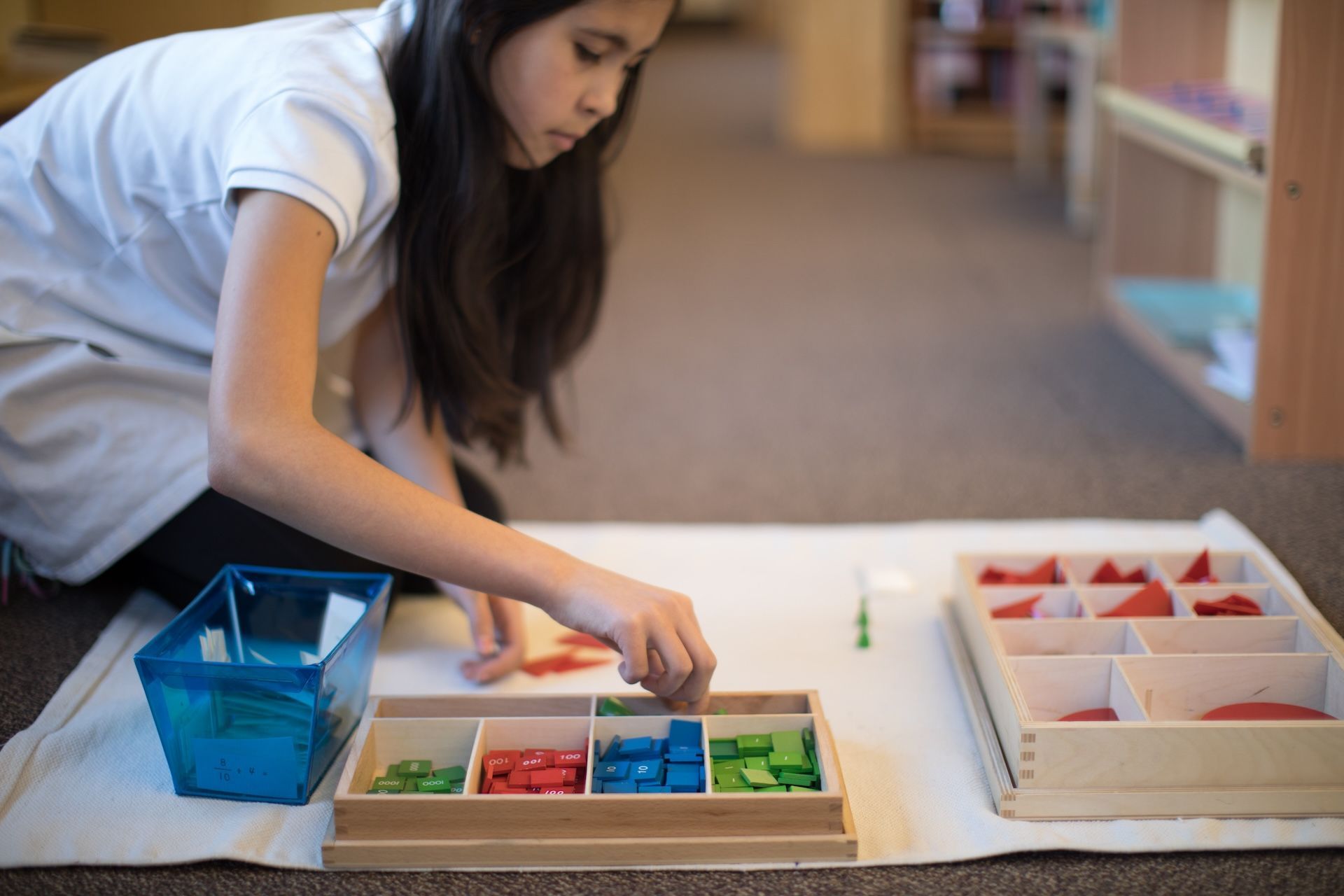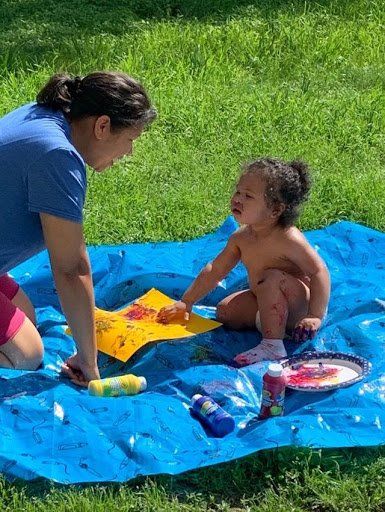


Growing up during a global pandemic is a challenge. For that matter, so is parenting and educating children during this time. How can we create an atmosphere of normal when our world is anything but?
Somehow, even with remote learning, safety precautions, separation from friends and family, and so much more, there are still glimmers of good. A global threat has somehow managed to connect us all while making our little worlds a bit smaller and a bit more cozy. We have been forced to slow down. Our perspectives have adjusted. And although we are still facing critical challenges, we can all agree that the moments of joy in between have been even sweeter.
After hearing from parents and teachers, we decided to share some of their words and the silver linings they have been experiencing. We would love to hear from you; please join the conversation and let us know how your family has found moments of joy throughout the past year.
Spending more time together as a family
Early last year it felt like the world came to a grinding halt. Like it or not, many of us suddenly found ourselves at home a whole lot more than we were used to. Schools turned to remote learning and offices had employees working from home. We all became well-versed in navigating zoom calls, simultaneously juggling parenting and working, finding a bit of grace when we couldn’t balance it all, and, perhaps unsurprisingly, we began to delight in the extra time together as a family.
Without commutes and social obligations, we have found ourselves gathering around the coffee table for board games. Family movie nights have been a regular occurrence, and who among us hasn’t stepped up their cooking and/or baking game?
Even as our schedules have slowly inched their way back toward some semblance of normality, the extra family time has remained a newly treasured value for many of us.
“Without after-school activities or weekend events, we have been more involved with each other and spending quality time together. Things that we may have done once a week and squeezed into busy schedules have become routine. Cooking as a family, game nights, Jenga before school, even raking leaves becomes a family project and a chance to be silly together. We have pulled in and around each other, becoming even better friends and companions as we realize how important it is to protect ourselves and our community. We have also come to treasure the family moments that we have with grandparents and cousins instead of taking their presence for granted as we did before.”
We have begun to more fully recognize the preciousness of our time together. We cannot control what happens in the larger world around us, but we can focus inward and relish in the beauty of spending more time with our children.
“I feel guilty saying this, with all of the loss and hardship that so much of the world has experienced due to the pandemic, but these days have been a truly wonderful time for us. We've never cared much for routines and schedules. What feels like uncertainty, boredom, and loss of structure to some, feels like a gift to us. A gift of freedom to chase whatever butterflies emerge from our imaginations. And, with fewer places to be, fewer people to meet, a gift of time to chase our butterflies as far as we want. We often wake up with ideas of things we want to create.”
The admirable resilience of our children
“In a world where grown-ups complain and refuse to do the right thing, I watched our child and others easily adapt to wearing masks and taking safety precautions. I try to see the world through her eyes and enjoy the simplicity of doing the right thing without complaint or issue.”
While we are not in any way diminishing the challenges our children have faced, it has been pretty amazing to watch how well they have coped overall. Some folks have been taken aback by just how well their kids have adjusted. Many of our children have stepped up and shown a level of independence and maturity that surprises us. Other parents have admired the ease in which they have adapted to regulations designed for keeping us all safe.
“The growth that came with adjusting to remote learning. I’ve watched my 8-year-old behave like a college student - figuring out and tracking assignments, joining zoom meetings and taking on time management in a way many adults aren’t able to. I’m so proud of her! The independence fostered through Montessori methods has really shone brightly during this dark time.”
Celebrating the silliness
For teachers, the children continue to be a source of inspiration and this sometimes shines through in delightfully unexpected ways. One Montessori guide shared how new disinfecting guidelines led one of her primary students to encourage her in the cutest way possible.
“We are cleaning, now more than ever before, in the classroom. The day is broken by random spurts of spraying and cleaning and hand washing and cleaning and cleaning and cleaning! One day the youngest member of our class watched me spraying down a desk and said, “You are doing a great job!” His innocent comment made me laugh and calmed me in my rush of cleaning.”
Getting Creative
For so many of us, more time at home has meant more time for creativity. As we mentioned earlier in the article, many families have taken to the kitchen. Some have created makeshift art studios. Some have created elaborate blanket forts or marble runs made out of toilet paper tubes taped to hallway walls.
Montessori often spoke about the need to give our children long periods of uninterrupted time so that they may delve deeply into areas of interest. While this is the basis for Montessori work periods, it has also found an unexpected application in our forced time at home. Our kids are showing us interests, talents, and skills that we may have never even known they had. It is amazing to watch their deep focus, and their joy in what they create.
“These days, we can make spy cases for all occasions (we now have the lady's handbag, art case, and toolbox models), with hidden compartments, handmade spy tools, and secret agent case files; fully engineered and illustrated card games and board games (that are actually fun to play!); and a hand-bound, hand-drawn nutshell library of original stories (a work in progress). One morning, I had an "epiphany," as Paloma likes to call it. I said to her, "I have an idea. It's just a small one." And with a knowing (and complicit) smile, she replied, "You don't have small ideas." She doesn't either. And the time we've been given means that we don't have to make our ideas smaller.”
None of us know exactly when this pandemic will end. We still face so many serious challenges of many types, and we must work hard to support and protect one another. But let us take just a bit of time to notice the good, for there is much of that as well.
Warm regards,
Candice Lin, Director
info@jordanmontessori.com


We invite you to visit our school, meet the teachers, and observe the children in their classrooms. We encourage you to ask questions and learn about the opportunities available at all levels of our programs.
LakeCreek Montessori International School
10127 Lake Creek Parkway, Austin, Texas, 78729
Powered by Nido Marketing